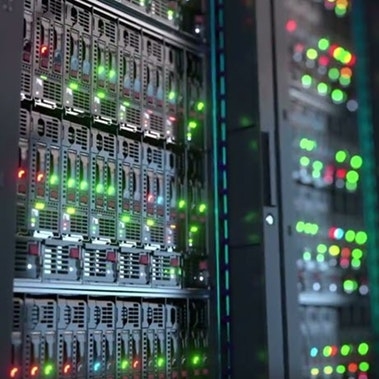CYBERSECURITY
1. A cyber-crime attack will take down a major company
Last year we predicted that an attack by hackers on a major company would result in its demise. While this prediction did not come true, the data breach that Marriott experienced certainly demonstrated that hackers continue to target major organizations, often spending months or years embedded in their networks before being discovered. Other major breaches included 1.1 billion records on Indian residents lost, records on nearly every US citizen breached at Exactis, and of course 50+ million records exposed by Google. The list goes on and on – over 650 reported breach events in the US alone.
As we look forward to 2019, it is very unlikely that the pace of reported breaches will not reduce. What we do expect to happen is that the level of sophistication of hackers will continue to increase. Breaches that result from basic mistakes by major companies including not locking down cloud repositories, forgetting to upgrade services, and so on, will reduce. However, sophisticated attacks by criminal gangs looking to profit, and nation-states stealing intellectual capital and data for espionage will likely increase.
2. Cyber events will move aggressively from specific to systemic
We predicted cyber threats will morph aggressively from attacks on individual companies to systemic attacks on entire industries. While systemic cyber risk definitely didn’t reduce in 2018, we luckily didn’t see a massive attack on an entire segment of our economy. That being said, governments and industry organizations are clearly taking the threat seriously and working on contingency plans. This is one risk that needs to be kept top of mind.
3. There will be a major machine-learning orchestrated cyber-attack
As machine-learning tools become more widespread, we expected that someone (likely a nation state) will deploy them to facilitate cyber-attacks. Luckily, we didn’t see this in 2018. What we did see was a massive increase in machine learning capabilities as this technology advanced by leaps and bounds.
Again, it is only a matter of time before a major hacker deploys this technology to break through traditional cyber defenses.
PUBLIC CLOUD
1. Cloud ‘goes viral’
We predicted that cloud growth would accelerate in 2018 and it did on a total basis. Amazon saw growth in excess of 46 percent, a slight reduction from the prior year but on a larger revenue baseline. Other cloud providers saw similar or higher growth in their businesses.
What was interesting in the public cloud space last year was the change in focus. At the largest public cloud conference, AWS Reinvent, the focus was on three key areas: security, storage and not surprisingly, machine learning. The focus on security telegraphs an increased acceleration of cloud adoption by major corporations in 2019. It is now fairly straight forward to argue that the public cloud, when implemented correctly, is significantly more secure than most legacy infrastructure. We expect security to start to drive cloud adoption, rather than restrict it.
2. The use of Cloud Access Security Brokers will grow
We expected third parties to step in to help secure the cloud, both as part of Managed Detection and Response (MDR) offerings but also by placing themselves and their security infrastructure between the internet and a company’s cloud hosted systems.
This one we got wrong. What actually happened was the public cloud vendors built security into their platforms. So, while some smaller organizations may still rely on third parties to manage their cloud security, we expect security to become just part of everyone’s public cloud deployments. In retrospect, this was an obvious area of investment by cloud providers.
3. Companies embrace “serverless”
Last January, we predicted that many customers of cloud vendors will move from managing their own virtual servers, to serverless offerings that scale as required and only charge for computer power that is actually used. While this trend didn’t accelerate quite as much as we expected, advances were made by the cloud vendors to extend their serverless offerings, and by their customers in adopting them.
We were early on this prediction but expect to see much more happen this year.
BIG DATA
1. Exabyte-sized databases will be used to drive business decisions
In 2018 we expected that leveraging massive databases will become possible for more and more companies. We expected Exabyte-sized databases (1,000,000 Terabytes) will start to become more common.
Once again, we were early in this prediction. While big data vendors and public cloud providers continue to release more advanced platforms that can handle larger and larger data sets, most corporations’ ability to leverage them is restricted by their inability to get their own data in order. This prediction is likely one for 2020 or 2021, as untangling the legacy data infrastructure in many companies is a multi-year effort.
2. Data quality issues will bite harder
We predicted that in 2018, companies will finally start to put in place the governance frameworks their Chief Data Officers have been talking about for several years. For the most part, while progress was made, it was slow. Data continues to be a complicated subject for many companies. They are generating more and more of it but continue to have difficulty leveraging it effectively.
3. Companies will look to artificial intelligence to monitor employee conduct
Monitoring employee conduct continues to be a huge focus across industries, especially in financial services. While the monitoring systems are often still rudimentary, there is a trend to leverage advanced analytics to ensure employees adhere to compliance policies and rules. This trend shows no signs of slowing down.





